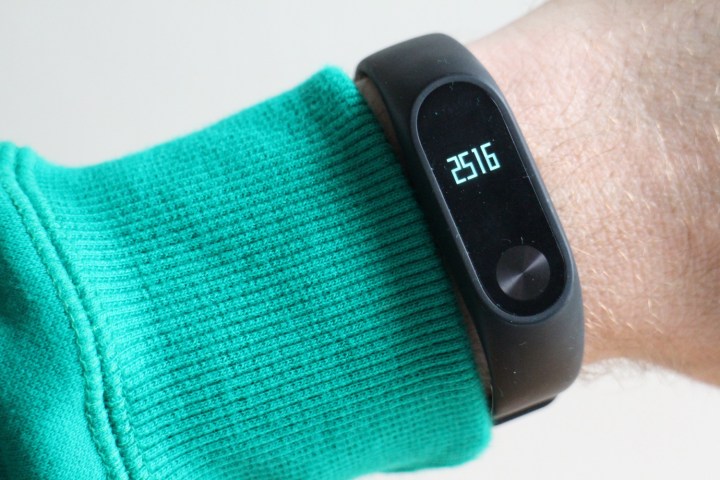
Xiaomi reportedly shipped 3.7 million wearables in the second quarter, compared to Fitbit at 3.4 million, and Apple at 2.8 million. This is a vastly different picture than the one from the same time period last year, when Fitbit far and away led the industry with 5.7 million shipments in the period, and Xiaomi could muster only 3 million.
In terms of market share, that means Xiaomi currently leads with 17 percent, while Fitbit stands at just under 16 and Apple at 13. The industry has grown eight percent year-over-year, Strategy Analytics reports.
How did Xiaomi manage this ascent? It was all thanks to the success of its inexpensive Mi Band fitness trackers. The Mi Band 2, in particular, can be found for under $25 and yet still boasts a better feature set than many more expensive devices. Although they’re not officially sold in many parts of the world directly from the company, they’re extremely popular in China and can be easily imported.
Because Xiaomi has been able to come into the market at such a low price point without significantly sacrificing quality, it has been able to steal market share from juggernauts like Fitbit. At the same time, Apple’s high-end smartwatch has displayed some healthy growth of its own. One million more Apple Watches were shipped in the second quarter of this year compared to last, indicating consumers are still willing to pay top dollar for premium wearables.
The story is as encouraging for Xiaomi and Apple as it is dire for Fitbit. The company has lagged behind its competitors in offering a viable mainstream smartwatch. The device was supposed to launch in the spring, but lengthy delays have pushed it back to the upcoming holiday season.
In the interim, Fitbit has lost a sizable chunk of the market and earlier in the year was forced to cut its workforce by six percent. With so much riding on its upcoming product, we could be looking at another big shake-up in the industry by this time again next year.
